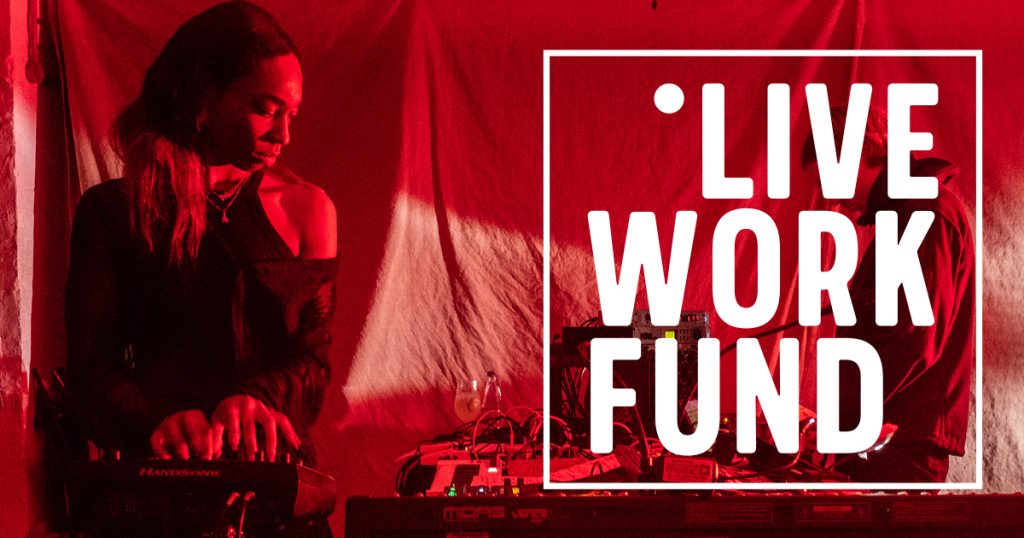At time of writing, it is unclear how cultural activity taking place in venues and shared public spaces will be financially sustainable in the future, when they will be able to reopen ‘normally’, or how long the recovery will take. The possibility of returning to some form of ‘business as usual’ feels in many ways ever further out of reach, and at the same time, calls for change and ‘building back better’ to improve conditions for those whose livelihoods depend on the arts, grow stronger.
The specific list of challenges this creates for independent freelance artists, creative and producers is widely recognised as unprecedented: existing freelance precarity, gaps in emergency and government funding support, the absence of direct support for individuals in the Government’s cultural recovery package, and the uneven and unpredictable impact of Covid-19 on different groups of people and geographies across the UK. Together they provide a uniquely challenging context that are significantly reducing opportunities and forcing many to abandon their practice, particularly those from under-represented backgrounds who were already most at risk of discontinuing their practice before the pandemic hit.
After the first wave of the pandemic, when the implications of ongoing social distancing and restrictions for live music and performance became clearer, my team and I started noticing the astonishing creativity and variety of responses artists were coming up with in the digital space. At Jerwood Arts, we have long been committed to supporting artists to develop their practice, and so we decided we wanted to find a way to specifically support those previously reliant on live performance, and enable them to experiment and discover new ways of researching, making and sharing their work – live. In the face of such uncertainties, we believe artists hold the key to discovering what a new, vibrant future for creating and sharing live work might look like.
We knew we wouldn’t be able to do this alone, and I was delighted when the Wolfson Foundation said they might be interested when I mentioned the idea on a zoom call with a group of arts funders. We quickly found common ground and developed a set of principles for what the fund might look like, and who it would be for. Crucially, we agreed it had to go beyond hardship funding and be significant enough to enable artists not simply to survive, but to transform their practice to thrive post-Covid.
Back on the Jerwood Arts zoom, Deputy Director Jon and I worked up a draft proposal: a radically open fund, with no timeline, budget or definite outcomes, let alone audience numbers requested. Just bold ideas for how to adapt and reimagine their practice, and share their learning for the benefit of their artistic/creative community to support the wider sector to navigate Covid-19. A fund that enables artists to embrace the opportunities of digital, while remaining committed to the ‘liveness’ of their practice long term. Our Trustees came on board with the concept immediately.
Wolfson Foundation were not the only funders keen to find ways to support music creators, performers and creatives with live performance at the heart of their practice to weather this crisis, and we are delighted to be working with Esmée Fairbairn Foundation and the Linbury Trust for the first time too. Coming together in new partnerships with greater flexibility in how arts funders collaborate feels like a positive silver lining at a time when coming together in real life still presents significant challenges, and I am excited by initiatives such as the ACF Funders Collaborative Hub to continue to spark new ideas in this area.
The Live Work Fund has been designed to provide a significant financial bedrock for at least 33 artists/creatives of £20,000 each from which new artistic approaches, risks and experiments can be undertaken. We know from our experience of funding individual artists how financial precarity undermines the flourishing of so much exceptional talent, and we aim for the fund to help stop exceptional individuals and collaborations from leaving their practice behind.
Channelling this fund to a smaller number of artists at a more substantial level is not without its contradictions – the level of need right now is unprecedented – but we hope that this focused approach will enable a deeper sense of security from which some artists and producers can start to develop their long term vision and ambitions.
With all the funding partnerships in place by the end of September, we have worked overtime to get this fund ready for launch and welcome applications over 25 days in order to be able to turn around decisions and put money in bank accounts before Christmas. It felt incredibly important to us to ensure we got the funds out to people as soon as possible, and crucially before what feels like will be a particularly bleak end of the year. I’d like to take a moment to thank my tireless team for going above and beyond to work up the guidance and support for applicants, and rework our processes to support a time-critical, flexible but no less rigorous approach across the fund. They have thoroughly lived up to Jerwood Arts values of ‘responsible, independent and imaginative’.
We know the recipients of this fund will be exceptionally creative individuals: we want them to be asking critical questions, developing innovative technologies and approaches to public performance, in new ways and spaces. Their vision and ideas will have the potential to enrich our understanding of creativity, and produce works that provoke and inspire in equal measure.
At a time when creating and experiencing art ‘live’ is not possible for so many, we wanted to create a fund that reminds artists and audiences what’s brilliant about live work: music, theatre, opera, circus, dance and everything in between, and gives artists hope to dream.
Lilli Geissendorfer
Director, Jerwood Arts
